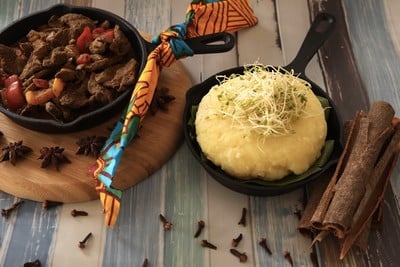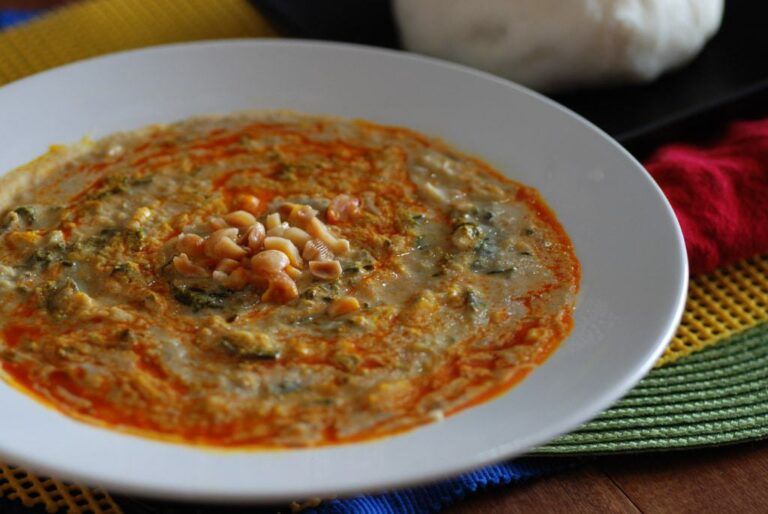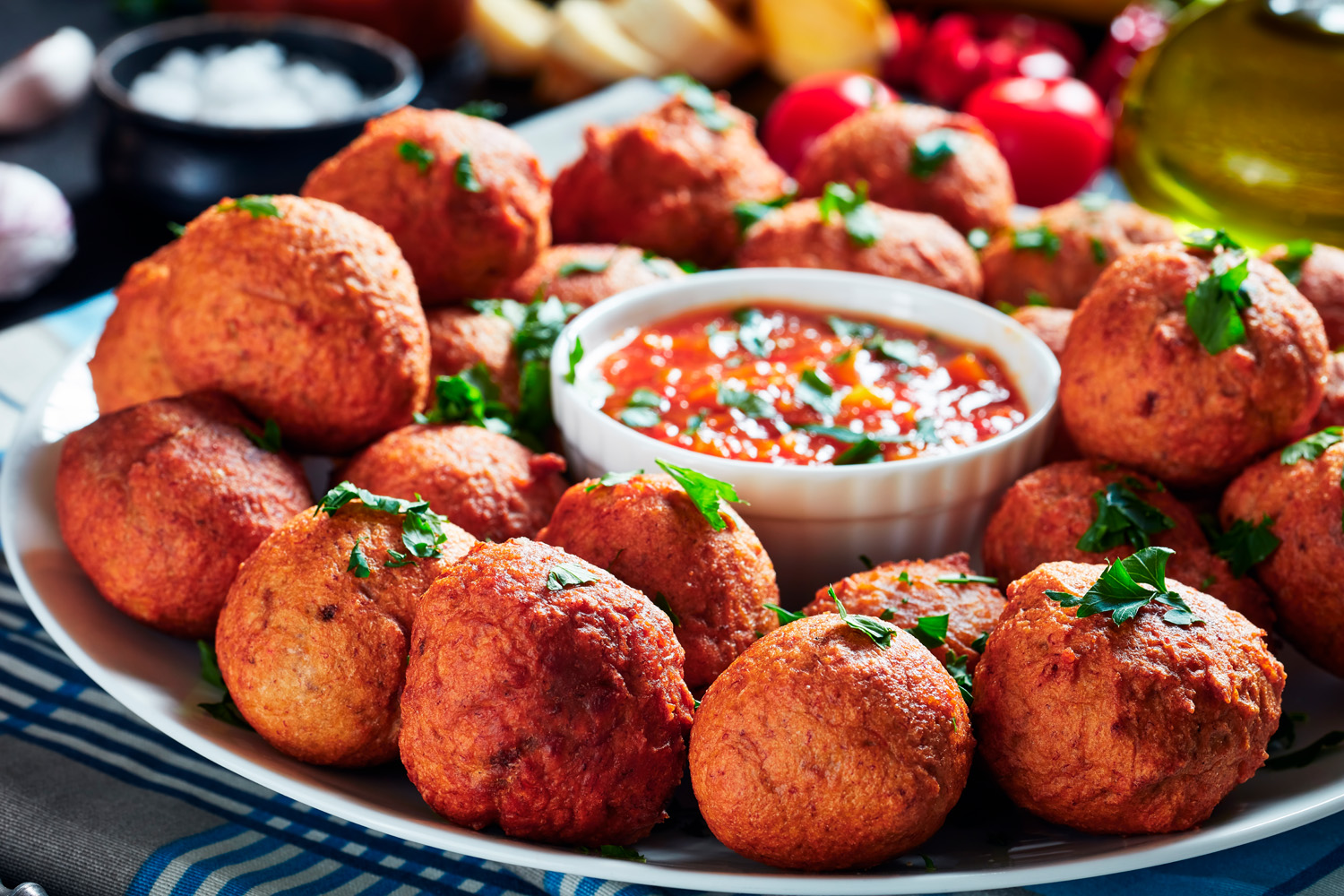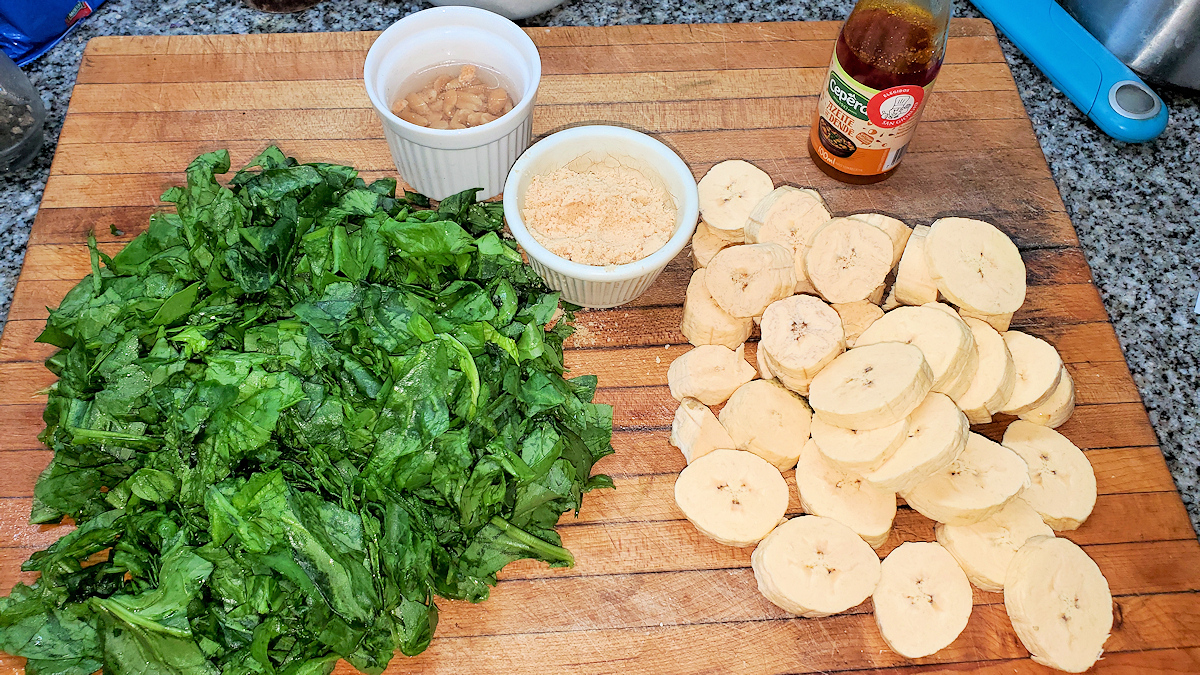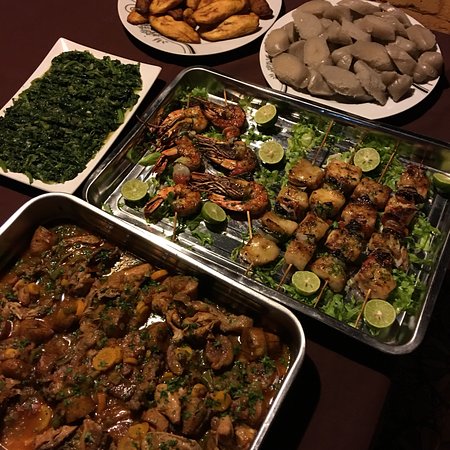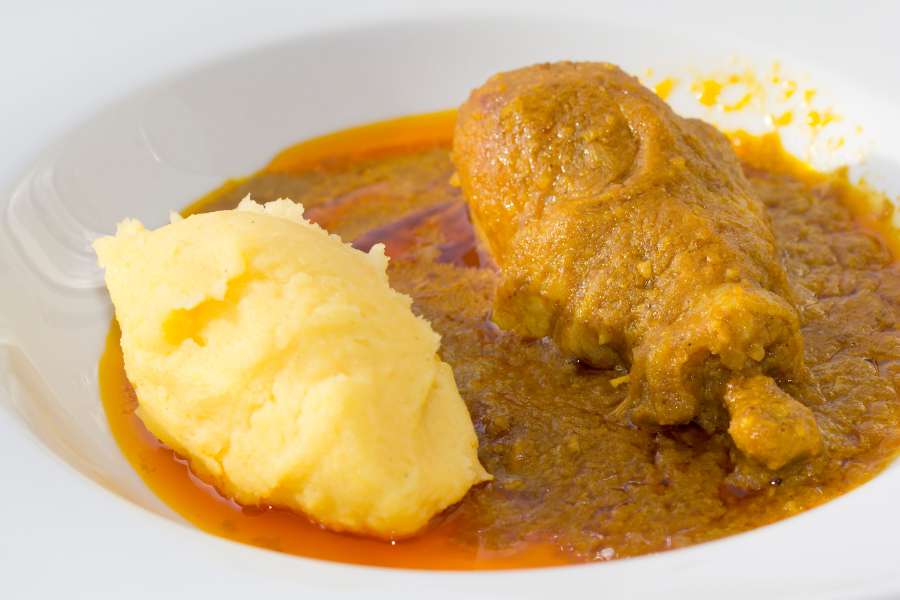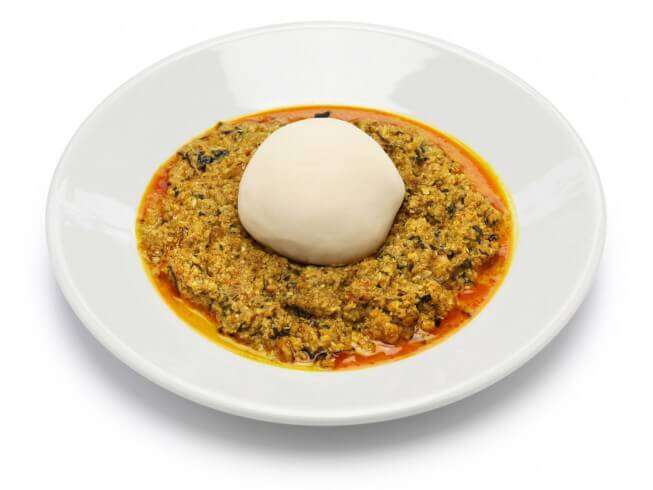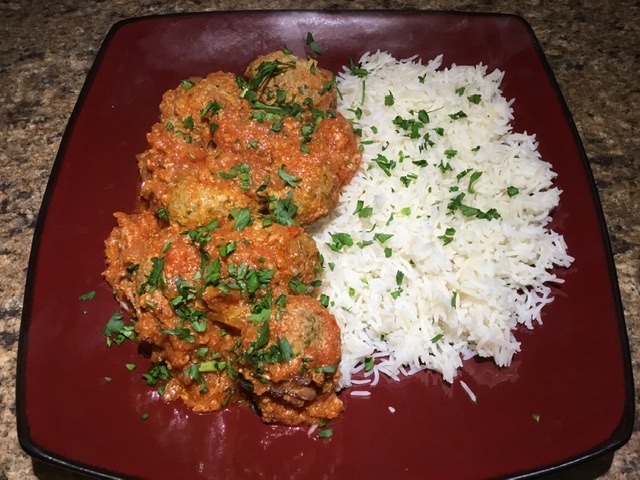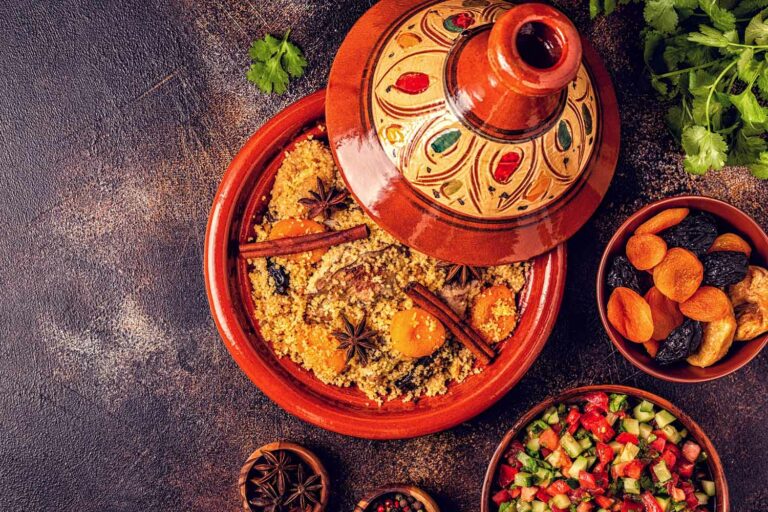Introduction: Central African Republic cuisine
Central African Republic cuisine is a mix of African, French, and Arab influences. It’s a cuisine that is rich in flavor and spices, with dishes that are often served with starchy staples such as cassava, plantains, and rice. One of the most prominent features of Central African Republic cuisine is the use of sauces. These sauces are a staple in the country’s cuisine and are used to enhance the flavor of many different dishes.
Sauces: a staple in Central African Republic cuisine
Sauces are an essential part of Central African Republic cuisine. They are used to add flavor and nutrition to a wide array of dishes, from stews to grilled meats. Central African Republic sauces can be made from a variety of ingredients, including vegetables, fruits, and nuts. They are often heavily spiced, with a mix of traditional African spices and herbs, as well as French and Arab flavors.
The many varieties of sauces
There are numerous types of sauces used in Central African Republic cuisine. Some of the most popular types include peanut sauce, tomato sauce, okra sauce, and palm oil sauce. Each sauce has its unique flavor and is used in different dishes. Peanut sauce is commonly used in stews and stir-fry dishes, while tomato sauce is often used in rice and bean dishes. Okra sauce is used to thicken soups and stews, and palm oil sauce is used in fish and meat dishes for added flavor.
Key ingredients in Central African Republic sauces
The ingredients used in Central African Republic sauces are often locally grown and sourced. Some of the key ingredients include peanuts, tomatoes, okra, and palm oil. These ingredients are combined with traditional African spices such as ginger, garlic, and cumin, as well as French and Arab spices such as thyme and coriander.
How are the sauces prepared?
The preparation of Central African Republic sauces varies depending on the type of sauce being made. Peanut sauce is made by blending roasted peanuts, water, and spices until smooth. Tomato sauce is made by cooking tomatoes with garlic, onions, and spices until it becomes a thick sauce. Okra sauce is made by cooking okra until it becomes a thick, slimy consistency. Palm oil sauce is made by combining palm oil with spices and herbs and cooking it until it becomes a thick sauce.
Traditional dishes that feature sauces
Many traditional Central African Republic dishes feature sauces as a prominent ingredient. One of the most famous dishes is called Koko, which is made with cassava leaves cooked in peanut sauce. Another popular dish is called Mbongo, which is made with fish cooked in palm oil sauce with vegetables and spices. Sauces are also used in soups, stews, and grilled meat dishes.
The significance of sauces in Central African Republic culture
Sauces are an essential part of Central African Republic culture. They are often used in traditional ceremonies and celebrations, such as weddings and funerals. Sauces also have nutritional significance, as they are often made with locally grown and sourced ingredients that provide essential vitamins and minerals.
Conclusion: exploring the delicious world of Central African Republic sauces
Central African Republic sauces are a vital part of the country’s cuisine, enhancing the flavor and nutrition of many traditional dishes. From peanut sauce to palm oil sauce, there are many different types of sauces to explore in Central African Republic cuisine. By understanding the key ingredients and preparation methods, you can delve deeper into the delicious world of Central African Republic sauces.

